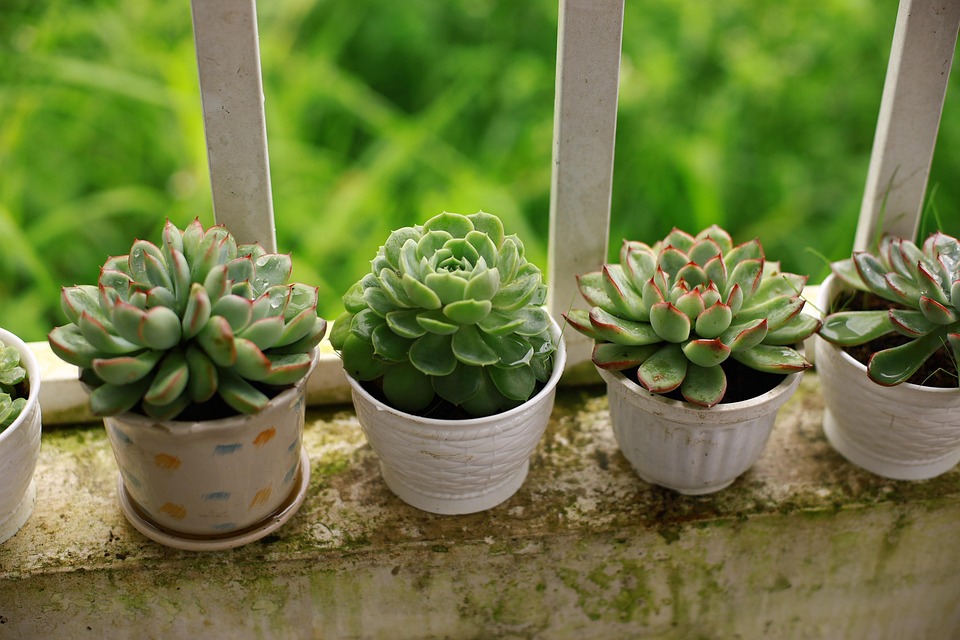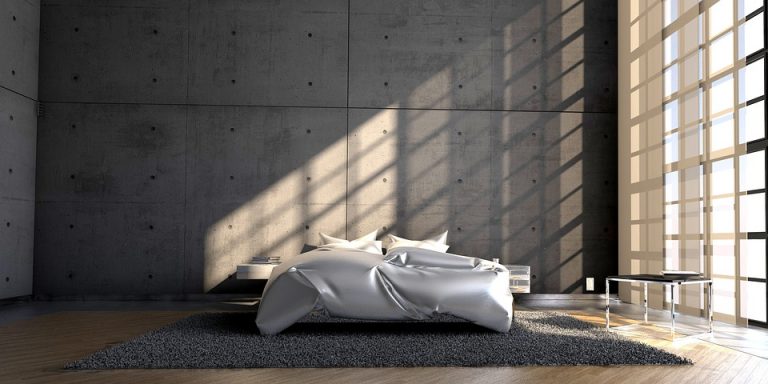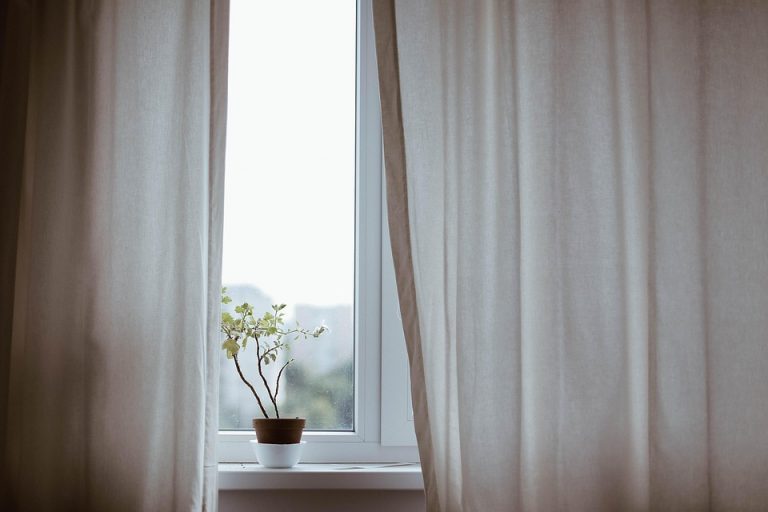Balcony garden inspiration is the spark that turns a narrow ledge into a private Eden, a sterile slab of concrete into a sanctuary. It’s the idea that your outdoor space, however small, can feed your senses, reduce stress, and even improve the air you breathe. If you want beauty, peace, and a little defiant joy tucked into your routine, this is how you start.
Contents
- Balcony Garden Inspiration: Start With A Vision
- 1. Choose Plants That Thrive, Not Just Look Pretty
- 2. Maximize Vertical Space With Style
- 3. Mix Containers For Contrast And Function
- 4. Build A Seasonal Rhythm
- 5. Use Lighting To Extend The Magic
- 6. Make It Personal With Furniture And Textiles
- 7. Learn The Small Science That Keeps It Alive
- Maintenance Habits That Protect Your Investment
- Bottom Line
- FAQ
Balcony Garden Inspiration: Start With A Vision
Dreaming is the first practical act. Close your eyes and picture the feeling you want: a fragrant morning nook, a green wall for quiet afternoons, or a riot of color at eye level. Sketch it. Take a photo of your balcony and mark where sunlight plays through the day.
Think about scale and sightlines. Plants should meet your gaze, not overwhelm it. Choose a focal point — a tall olive, a statement pot, a hanging lantern — and design around that single beautiful thing. That’s how a small place feels intentional, not cluttered.
1. Choose Plants That Thrive, Not Just Look Pretty
The fastest way to kill inspiration is with plants that sulk. Match species to conditions. If your balcony bakes in afternoon sun, seek Mediterranean favorites like lavender, rosemary, and dwarf olive.
If your space is shady, host shade-tolerant companions: ferns, heuchera, and begonia. Visit university extension pages and horticultural society guides to confirm plant hardiness and light needs — a little research saves heartbreak.
Mix textures and leaf shapes. Don’t only chase flowers. Variegated leaves, silver foliage, and architectural succulents give interest long after blooms fade. You’ll love the layered look and your balcony will feel planted, not temporary.
2. Maximize Vertical Space With Style
When floor space is scarce, look up. Vertical structures double your planting area and create privacy that feels elegant, not boxed in.
Use wall planters, trellises, and staggered shelves. Train climbing jasmine or sweet peas up a wire to make a living curtain. A vertical herb wall saves room and makes cooking a pleasure. If budget allows, install modular living wall systems for irrigation ease.
Think of verticals as art. Paint the backing a complementary color. Arrange plant heights like notes in a melody — tall at the back, trailing in front. That’s how depth happens.
3. Mix Containers For Contrast And Function
Containers are where practicality meets personal style. Use a variety of sizes: a large statement pot anchors, medium pots fill, and small pots add accents. Heavier materials like terracotta keep tall plants steady in wind. Lightweight resin pots are easy to move for winter.
Don’t hide drainage. Good pots have holes; elevated saucers prevent rot. Line the bottom of deep pots with broken pots or gravel for better drainage. Group pots to create microclimates — moisture-loving plants together, drought-tolerant ones in more exposed spots.
A single color palette for containers can make a chaotic plant collection read as deliberate. Or choose mismatched vintage pots if you want a relaxed, collected-over-time aesthetic.
4. Build A Seasonal Rhythm
A balcony that looks alive year-round is planned. Plant bulbs for spring, bright annuals for summer, asters and pansies for fall, and evergreen pots for winter structure.
Think in layers: bulbs under perennials, low annuals at the front, taller pots at the back. Rotate plants seasonally to keep interest and to give soil a rest. You’ll find tending becomes a ritual, not a chore.
Keep a small stash of seasonal tools: a lightweight watering can, pruning shears, and gloves. Little efficiencies make it easier to maintain the beauty you worked for.
5. Use Lighting To Extend The Magic
Light is mood. A string of warm LEDs, a couple of well-placed solar lanterns, or a focused uplight for a feature plant extends your balcony’s usefulness into the night.
Place lights at different heights: fairy lights overhead, a lantern on a table, and a low ground light to wash a textured wall. Motion-activated options add safety without wasting energy. Solar lights have improved; choose high-quality panels and allow them to charge in full sun.
Lighting also protects plants — if you like to dine outside, soft, warm light keeps insects calmer than harsh white bulbs.
6. Make It Personal With Furniture And Textiles
A garden without a place to sit is a missed invitation. Choose furniture that fits your scale: a foldable bistro set, a bench with built-in storage, or a single cozy chair with a small side table.
Layer with weatherproof textiles: cushions, rugs, and throws. These tactile pieces make the space livable and tell your story. Pick colors that harmonize with plant tones — terracotta pots look stunning with deep blues and greens.
If privacy is an issue, use screens, tall planters, or lattice with climbing vines. Privacy doesn’t need to be opaque — it can be a dappled green veil that softens the city around you.
7. Learn The Small Science That Keeps It Alive
Good balcony gardening is part art, part applied science. Understand watering needs: pots dry faster than garden beds, so daily checks in heat are non-negotiable. Use chunky potting mixes with organic matter and perlite to balance moisture and aeration.
Water at the base, early in the morning if possible, to reduce evaporation and disease. Mulch surface soil to reduce water loss. Consider a drip irrigation timer for consistent watering while you’re away.
If pests appear, choose integrated, gentle solutions first: hand-remove, use insecticidal soap, or introduce beneficial insects if you have the room. Chemical extremes ruin the ecosystem you’re building.
Smart Upgrades To Keep The Momentum
Once the basics are in place, add a few smart upgrades that make gardening easier and more rewarding. A compact compost bin turns kitchen scraps into plant food. Self-watering inserts keep moisture steady. A lightweight folding cart stores tools and doubles as a planting station.
These small investments save time and increase success rates. They also keep your confidence high — and confidence is fuel for creativity.
Expert Voices To Trust
Horticultural experts at institutions like the Royal Horticultural Society and university extensions consistently emphasize matching plant choices to growing conditions and focusing on soil health. Studies published by psychology researchers show that contact with plants lowers stress and improves concentration, which is why a thoughtfully designed balcony feels restorative in practical, measurable ways.
When in doubt, ask your local nursery for region-specific advice. Practical, experienced voices often deliver the most useful information for microclimates unique to balconies.
Maintenance Habits That Protect Your Investment
Daily ten-minute checks keep issues small. Deadhead spent flowers to encourage new blooms. Prune leggy growth to maintain shape. Fertilize lightly during the growing season with an appropriate balanced feed.
Create a simple notebook or a note on your phone tracking watering schedules, fertilizing, and pest incidents. That record prevents repeat mistakes and builds a rhythm that makes maintenance effortless over time.
Bottom Line
Bold choices, smart plant selection, and a few good habits will turn any balcony into a refuge. Start with a clear vision, respect the conditions you have, and layer plants, containers, and lighting for maximum effect. Your balcony can be a place of beauty and function — a green room for life.
Keep one sentence rule: small steps daily, and your balcony will give you back months of peace and pleasure. Enjoy the process. Let your balcony become the place where your best ideas grow.
— — —
FAQ
How Do I Pick Plants For A Sunny Balcony?
Choose drought-tolerant, sun-loving species like lavender, rosemary, sedum, and portulaca. Check plant tags or extension service guides for “full sun” recommendations and group plants with similar water needs together.
Can I Grow Vegetables On A Small Balcony?
Yes. Tomatoes, peppers, salad greens, and herbs do well in containers. Select compact or “patio” varieties, use deep pots for root space, and ensure at least six hours of sun for most edibles.
How Often Should I Water My Balcony Plants?
Watering frequency depends on pot size, plant type, and sun exposure. Smaller pots may need daily watering in heat, while larger containers hold moisture longer. Check soil with your finger — if the top inch is dry, water.
What Are The Best Low-Maintenance Plants For Busy People?
Succulents, sedums, ornamental grasses, and many Mediterranean herbs require minimal care. Choose plants suited to your light conditions and use good potting mix to reduce watering frequency.
— — —
— — —
References
– The Royal Horticultural Society provides guidance on plant selection and placement for small spaces (http://www.rhs.org.uk).
– The University of California Cooperative Extension offers detailed information on container gardening techniques and plant care (http://ucanr.edu).
– The American Psychological Association discusses the mental health benefits associated with gardening and time in green spaces (http://www.apa.org).








